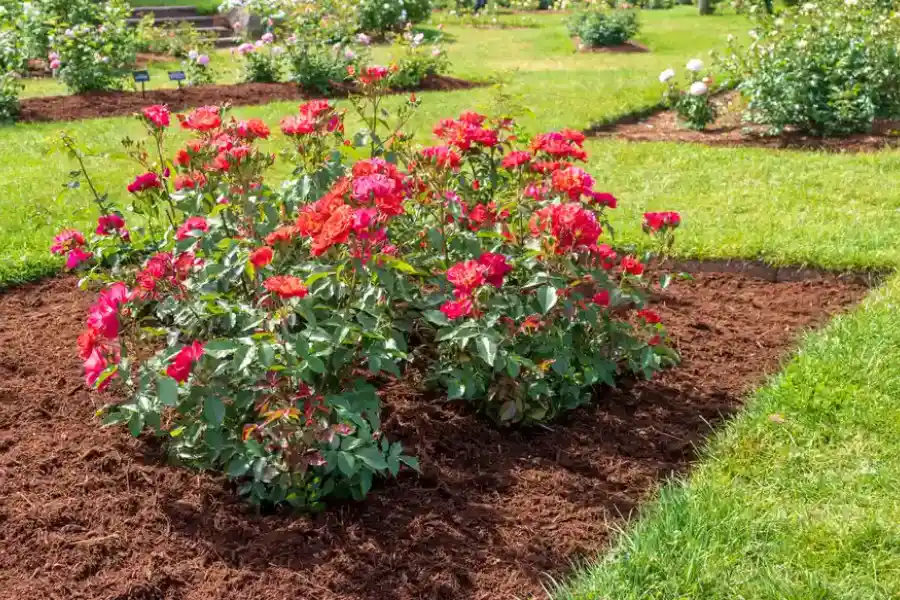Seasonal Mulching Practices for Year-Round Plant Health
How to Keep Your Plants Healthy Throughout the Seasons
Every gardener wants their plants to thrive throughout the year. One crucial practice that supports this goal is managing your garden according to the season. This guide will help you optimize plant health through seasonal care. By understanding and implementing these practices, you ensure that your garden remains healthy and vibrant every month.

The Benefits of Seasonal Care for Plants
Caring for plants with an awareness of seasonal changes offers numerous benefits. During spring, plants need support as they start to grow after winter dormancy. Summer requires attention to moisture levels due to increased temperatures. Fall means preparing plants for upcoming cold months. Winter involves protecting them from harsh weather conditions.
Why Timing Matters in Plant Care
Timing is critical when caring for plants because each season presents different challenges. In spring, it’s important to focus on nourishing the soil and addressing any pests or diseases that may have taken hold during winter. Summer care often includes ensuring adequate watering and protecting against heat stress. As fall approaches, gardeners should concentrate on pruning and mulching to prepare plants for winter. Meanwhile, winter is about safeguarding plants from frost and cold winds.

Important Techniques for Different Seasons
Each season demands specific techniques to keep plants healthy:
- Spring: Focus on feeding your plants with fertilizers rich in nutrients. Begin pest control early to prevent infestations.
- Summer: Water deeply but less frequently to encourage deep root growth. Add shade covers where necessary.
- Fall: Prune dead or diseased branches. Consider adding a layer of mulch to insulate roots.
- Winter: Protect delicate plants with burlap wraps or cloches. Ensure that evergreens have enough water before the ground freezes.
Best Practices for Insulating Roots
Insulating roots is vital for plant survival during cold months, and one effective way to do this is through mulching. Adding a layer of organic material around your plants’ base can protect roots from temperature fluctuations. It also helps conserve moisture and suppress weeds, creating a more stable environment for plant growth.
Challenges of Adapting to Seasonal Changes
Adapting to seasonal changes comes with its own set of challenges. These include fluctuating temperatures, unpredictable weather patterns, and pest invasions at different times of the year. Managing these factors requires planning and adapting strategies based on real-time observations in your garden.
Effective Tips for Year-Round Plant Maintenance
A few tips can make seasonal plant maintenance manageable:
- Create a calendar marking key tasks for each season.
- Regularly check weather forecasts to anticipate unusual changes.
- Invest in quality tools to make maintenance easier.
- Liaise with local gardening experts who understand regional climate nuances.
Budgeting for Seasonal Garden Needs
Catering to seasonal needs doesn’t have to be costly if well-planned. Start by prioritizing essential purchases like quality soil amendments and pest controls. Look out for sales on gardening supplies during off-peak seasons, and consider sharing bulk purchases with fellow gardeners.
Your Pathway to A Thriving Garden
Pursuing a thriving garden all year round requires effort and attention tailored to each season’s unique demands. Implementing these practices ensures success, providing enjoyment and beauty throughout the year. Located in Hendersonville, NC, we are committed to offering expert advice and solutions. At PBC Lawn Services, our team is ready to assist you in achieving a beautiful garden space. Contact us today at (828) 467-7684 for more information.